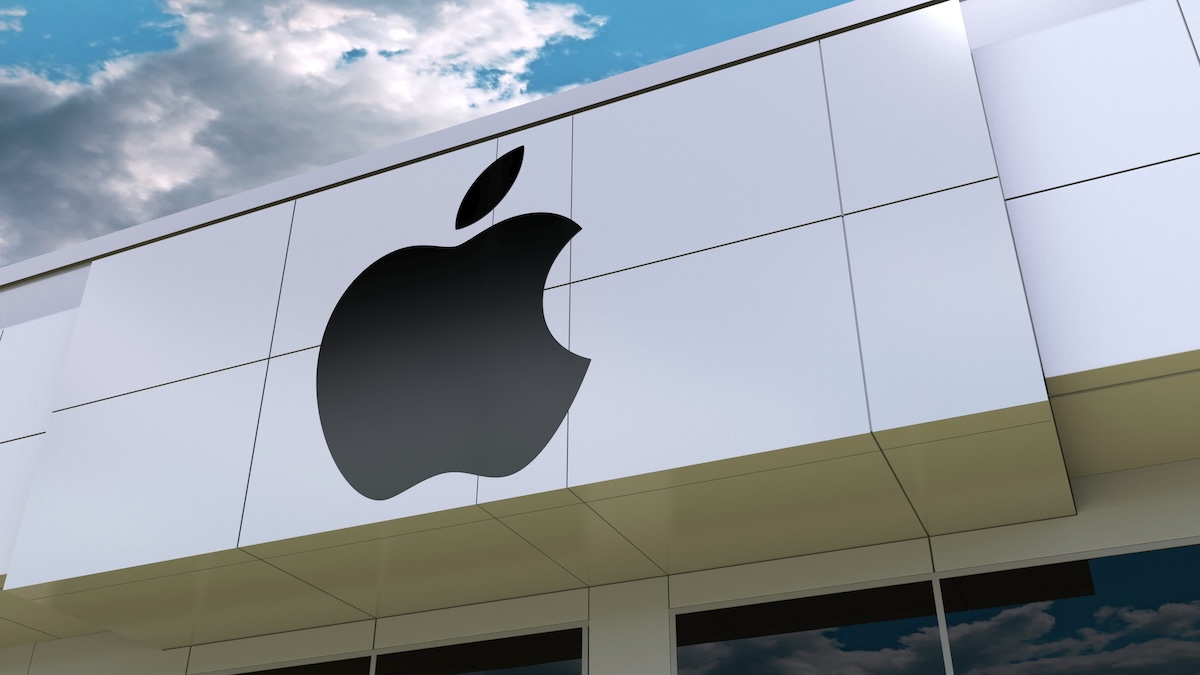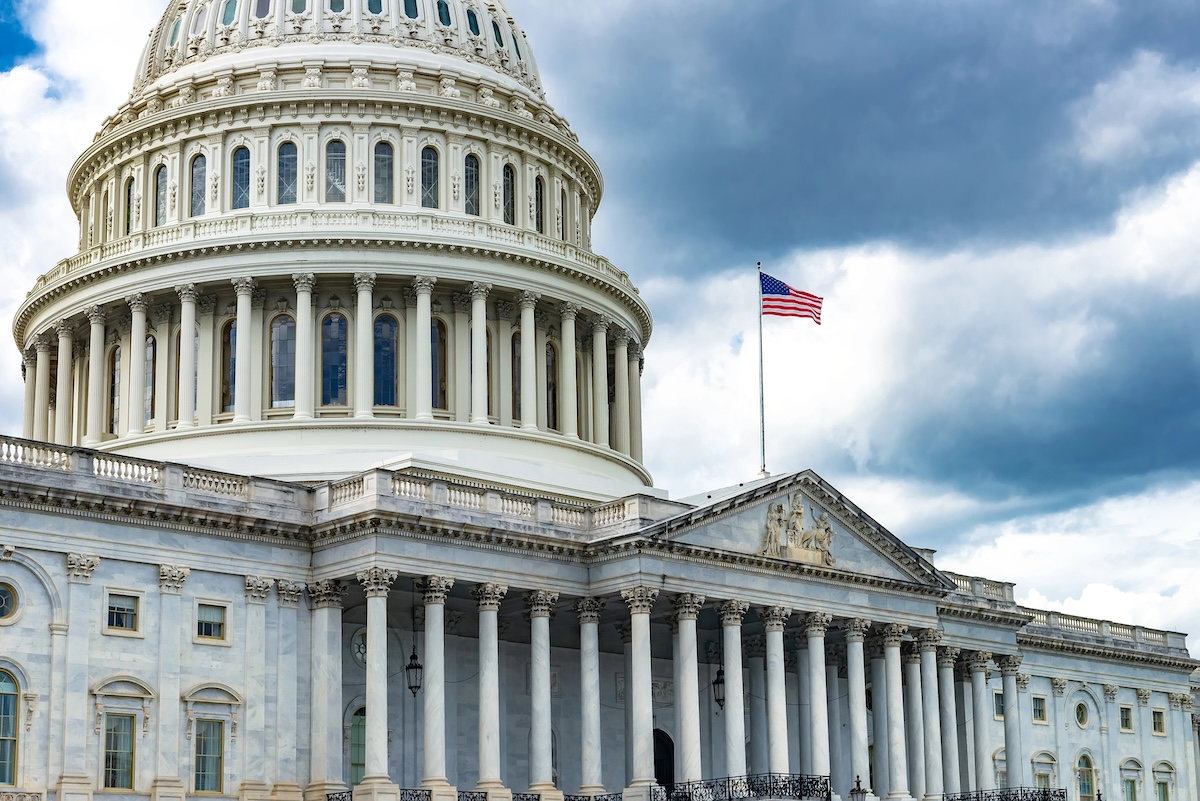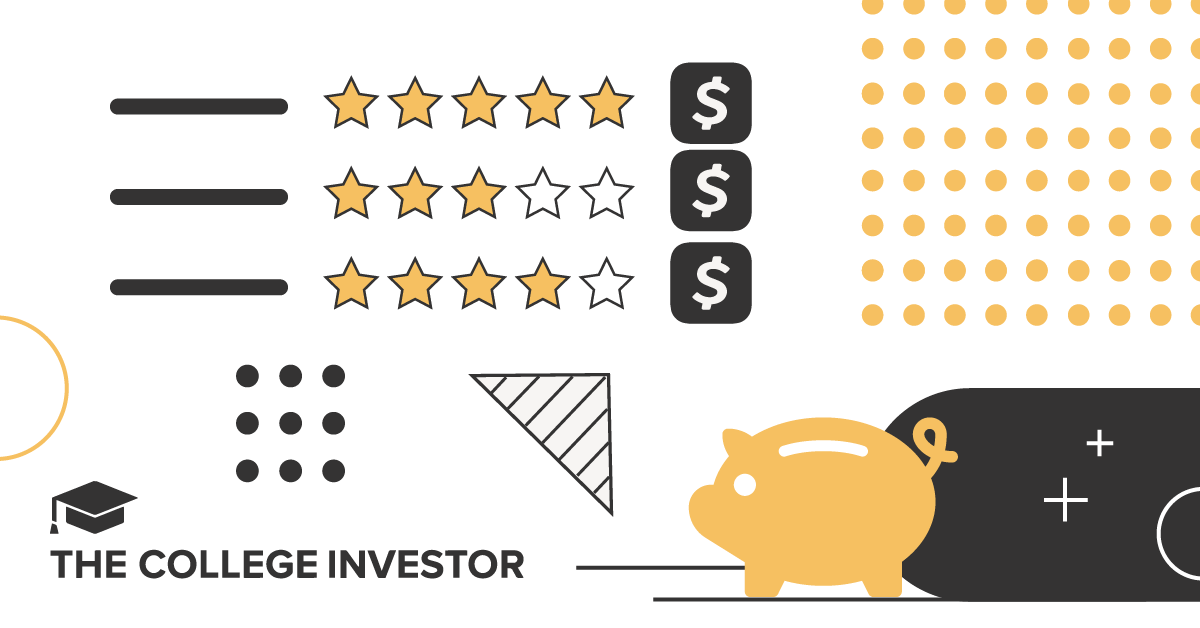How To Use Employer Tuition Reimbursement To Pay For College


As the cost of college continues to rise, more students and families are turning to employer tuition reimbursement programs as a way to fund education without debt. These programs, offered by companies ranging from fast-food chains to tech giants, provide employees with financial support for accredited degree programs, professional certifications, and even graduate degrees like getting your MBA.
For workers, the appeal is straightforward: earn a paycheck while receiving substantial help with tuition. For employers, tuition assistance programs are a recruitment and retention tool in a competitive labor market.
The average annual benefit is about $5,200, with some companies covering 100 percent of tuition. Starbucks, Walmart, and Papa John’s reimburse all eligible tuition at partner universities. Others, like Microsoft and Goldman Sachs, provide up to $10,000 per year.
Most tuition reimbursement plans follow a similar structure: employees pay for classes upfront, then receive reimbursement after successful completion, often requiring a minimum grade. Some companies, such as Walmart and Disney, now cover costs upfront, reducing the financial strain on workers.
There’s also a new trend where some employers will provide full tuition at partner colleges and universities – such as Starbucks offering 100% coverage through Arizona State University’s online program.
Eligibility varies. Some employers extend benefits to part-time workers, while others require full-time status or a minimum length of service. Reimbursement amounts may also differ based on whether an employee is pursuing an undergraduate degree, graduate degree, or job-related certification.
The Internal Revenue Service allows employers to provide up to $5,250 per year in tuition reimbursement as a tax-free benefit (similar to the $5,250 in tax-free student loan repayment assistance threshold which combines with this). Amounts above that threshold may be treated as taxable income, so employees need to track how much they receive in a calendar year.
It’s also important to realize that tuition reimbursement is a separate benefit from student loan assistance, though they overlap. Tuition reimbursement is to pay for college, student loan repayment assistance is for employees who already have student loans.
For workers hoping to avoid student loans, maximizing tuition reimbursement requires careful planning:
Student loan debt now exceeds $1.6 trillion in the United States, and the average borrower leaves school with more than $37,000 in loans. For those working at companies with great tuition reimbursement programs, much of that debt can be avoided.
Consider a Starbucks employee completing a four-year online degree at Arizona State University. With full tuition covered by the company, the worker can graduate without borrowing. Similarly, employees at Walmart or Papa John’s can pursue higher education at little or no cost, provided they remain with the company and meet program requirements.
These programs are not without challenges. Many require balancing work and school, and reimbursement caps may not cover all expenses at more expensive universities. Still, for motivated students, tuition reimbursement offers a path to a degree without the burden of loans.
The list of companies with tuition reimbursement programs is long and diverse, spanning industries from retail to finance to healthcare. We compiled this list of major companies using public data from July 2025:
|
Up to 100% through Career Choice |
|
|
Up to 100% through Degrees@Work |
|
|
Unlimited, but Must Be STEM-Related |
|
|
Up to 90% for Approved Courses |
|
|
Tuition Discounts And Scholarships |
|
|
Up to $5,250 per Year And Grants |
|
|
25% of your Tuition Costs |
|
|
100% of Eligible Graduate Degree |
|
|
100% of Job-Related Certificates and Degrees |
|
|
100% of the cost at Utah Valley University |
|
|
90% of Tuition up to $10,000 Annually |
|
|
50% of Tuition up to $6,000 Annually |
|
|
100% Paid at Intel University or $50,000 Lifetime |
|
|
100% via JetBlue Scholars |
|
|
Up to $5,700 per Year for Undergrad, or $7,750 per Year for MBA |
|
|
100% via Guild Partnership, or $5,250 Annually for Undergrad, $7,500 for MBA |
|
|
Up to $20,000 through KFC Foundation |
|
|
$3,500 per Year up to $21,000 Lifetime |
|
|
100% if Related to your Position |
|
|
100% via Guild Partnership |
|
|
100% of Job-Related Certificates and Degrees |
|
|
$4,000 to $10,000 Scholarships |
|
|
100% of Job-Related Certificates and Degrees |
|
|
100% of Job-Related Certificates and Degrees |
|
|
70% of Job-Related Certificates and Degrees |
|
|
Up to $5,250 for Undergrad and $8,000 for Grad Students per Year |
|
|
51% Discount at Excelsior College |
|
|
80% of Tuition up to $40,000 Lifetime |
|
|
$3,200 per Year and up to $12,800 Lifetime |
|
|
100% of Tuition at Partner Schools |
|
|
100% of Tuition at ASU Online |
|
|
Up to $5,250 per Year Plus Scholarships |
|
|
Up to $3,000 for Undergrad and $5,000 for Grad Programs per Year |
|
|
Up to $5,250 per Year with a $25,000 Lifetime Max |
|
|
100% Tuition at Partner Schools |
|
|
100% Tuition at Partner Schools |
|
|
Up to $5,000 per Year Plus Scholarships |
|
Employer tuition reimbursement is one of the most underutilized education and employment benefits in the U.S.
By carefully selecting employers, understanding program rules, and combining benefits with other forms of financial aid, students can significantly reduce or eliminate the need for student loans. In an era of rising college costs and uncertain loan forgiveness policies, these programs represent a practical way forward.
Don’t Miss These Other Stories:

Graduate and Parent PLUS loans face new borrowing limits in 2026. A new repayment plan, known as RAP, launches in...

What if the biggest investing mistakes most people make have nothing to do with bad luck or bad timing, but...

An Individual Retirement Account (IRA) is one of the most powerful personal retirement tools in 2026 — offering either tax-deferred...